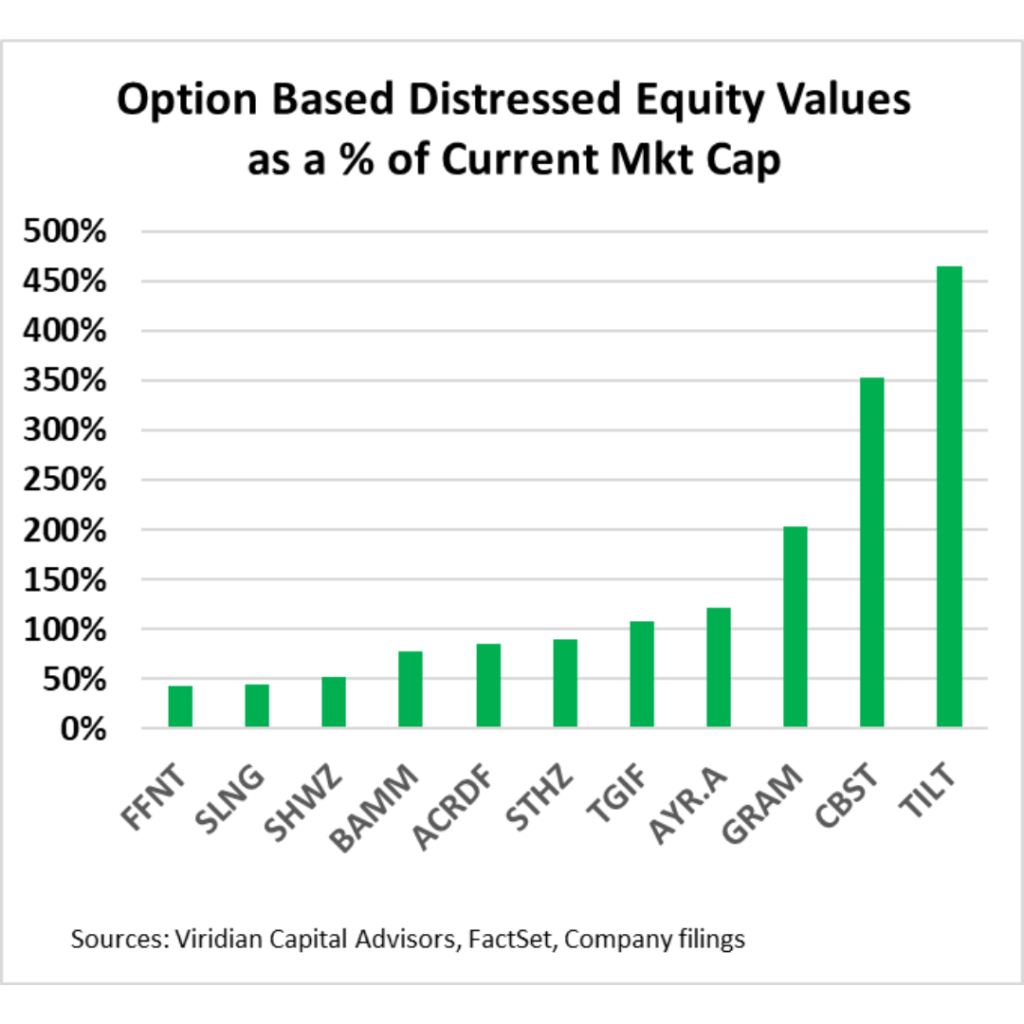In today's complex economic climate, policymakers are constantly searching for effective measures to stimulate growth and restore stability. One such tool that has garnered significant attention is the Zero Interest Rate Policy (ZIRP).
ZIRP is a monetary policy approach wherein central banks set the target short-term interest rate at or near 0%. The primary objective of ZIRP is to incentivize low-cost borrowing and improve access to affordable credit, thereby fostering economic activity.
By maintaining interest rates close to zero, ZIRP aims to stimulate growth and counter the limitations of conventional monetary policy. However, its implementation does not come without risks. Critics argue that ZIRP can lead to liquidity traps and market turbulence.
This article delves into the concept of ZIRP, its historical usage, associated risks, potential benefits, and the considerations involved in managing this powerful monetary tool.
Key Takeaways
- Zero Interest Rate Policy (ZIRP) is a monetary policy tool used by central banks to set short-term interest rates at or close to 0% in order to stimulate economic activity.
- ZIRP aims to encourage low-cost borrowing and greater access to cheap credit, which can spur growth by keeping interest rates close to zero.
- However, the effectiveness of ZIRP has been questioned, as it can lead to liquidity traps and other negative consequences in the long run.
- Despite its challenges, ZIRP has been used in countries like Japan and the United States during times of economic crisis to stabilize the economy and promote growth.
Definition of ZIRP
ZIRP, or Zero Interest Rate Policy, is a monetary policy implemented by central banks that involves setting the target short-term interest rate at or close to 0%. The role of ZIRP in monetary policy is to stimulate economic growth by encouraging low-cost borrowing and greater access to cheap credit.
By keeping interest rates close to zero, ZIRP aims to spur economic activity and increase investment. The effectiveness of ZIRP in stimulating economic growth has been a topic of debate among economists. While low interest rates can lower the cost of borrowing, improve bank balance sheets, and increase household discretionary income, there are also risks associated with ZIRP, such as the potential for liquidity traps and financial turmoil in the markets.
Careful management and monitoring are necessary to ensure the long-term effectiveness of ZIRP as a tool for stimulating economic growth.
Implementation and History of ZIRP
The implementation and historical context of Zero Interest Rate Policy (ZIRP) can be traced back to central banks setting their target short-term interest rate at or close to 0% in order to stimulate economic growth. ZIRP has been used as a tool to address deflation and stagnation in various economies. Its effectiveness in stimulating economic growth has been a subject of debate among economists.
One notable example is Japan, which implemented ZIRP for 10 years during the Lost Decade in the 1990s. Despite ZIRP, Japan experienced stagnation and deflation, leading to a liquidity trap.
Similarly, the United States implemented ZIRP after the 2008 financial crisis to stabilize the economy. Although it took several years, the U.S. economy eventually showed signs of improvement.
Understanding the historical implementation of ZIRP provides insights into its role in addressing deflation and stagnation.
Risks and Challenges of ZIRP
One of the risks and challenges associated with ZIRP is its potential to create adverse effects in the economy.
One such risk is the possibility of negative interest rates. When interest rates approach zero, central banks may be tempted to introduce negative interest rates to further stimulate borrowing and spending. However, negative interest rates can have unintended consequences.
They can erode bank profitability and discourage savings, leading to a decline in lending and investment. Moreover, ZIRP can also contribute to financial market turmoil.
When interest rates are low for an extended period, investors may take on excessive risk in search of higher returns, which can lead to asset bubbles and financial instability. Therefore, while ZIRP can be a powerful tool for economic growth, it must be managed carefully to mitigate these risks.
Benefits and Impact of ZIRP
In exploring the benefits and impact of Zero Interest Rate Policy (ZIRP), it is crucial to analyze its effects on economic growth and financial stability. The implementation of ZIRP by central banks can have several positive consequences:
- Impact on inflation:
- ZIRP can help stimulate inflation by encouraging borrowing and spending, which increases demand in the economy.
- By keeping interest rates low, ZIRP can reduce borrowing costs for businesses and individuals, allowing them to invest and spend more, leading to higher prices.
- This can be especially beneficial during periods of low inflation or deflationary pressures.
- Role of central banks:
- ZIRP is a tool used by central banks to stimulate economic growth and stabilize financial markets during times of crisis.
- By reducing interest rates to near-zero levels, central banks aim to encourage borrowing, investment, and consumption, which can lead to increased economic activity.
- ZIRP can also help mitigate the negative impact of recessions by providing liquidity and supporting financial institutions.
Effects and Management of ZIRP
Implementing Zero Interest Rate Policy (ZIRP) can have significant effects on economic growth and financial stability.
While ZIRP has been effective in stimulating economic activity in the short term by lowering borrowing costs and improving bank balance sheets, it also carries potential drawbacks and long-term implications.
One potential drawback is the risk of creating economic bubbles, as low interest rates can encourage excessive risk-taking and asset price inflation.
Additionally, long-term interest rates approaching zero can negatively impact retirees and those nearing retirement age, who rely on interest income for their financial security.
Furthermore, the prolonged use of ZIRP may lead to a liquidity trap, where monetary policy becomes ineffective and deflationary pressures persist.
Therefore, careful management and monitoring are essential to mitigate these risks and ensure the sustainable effectiveness of ZIRP in supporting economic growth.
Conclusion and Future of ZIRP
Moving forward, it is crucial to carefully evaluate the long-term implications and effectiveness of ZIRP in sustaining economic growth and stability. The future implications of ZIRP are a subject of debate among economists and policymakers. While proponents argue that ZIRP can continue to stimulate economic activity by lowering borrowing costs and increasing access to credit, critics have raised concerns about its potential risks and drawbacks.
Criticisms of ZIRP include the following:
- Risk of creating asset bubbles and financial instability
- Negative impact on savers and retirees due to low or negative interest rates
- Potential for diminishing effectiveness over time
Alternatives to ZIRP have also been proposed, such as:
- Fiscal policies aimed at boosting government spending and investment
- Structural reforms to improve productivity and competitiveness
- Targeted monetary policies that focus on specific sectors or regions
As we look to the future, it is important to carefully consider these criticisms and alternatives to ensure the long-term sustainability and effectiveness of ZIRP in supporting economic growth and stability.
Frequently Asked Questions
How Does ZIRP Affect Savers and Retirees?
ZIRP can negatively impact savers and retirees by reducing interest income on savings and investments. This can undermine their financial stability and long-term planning, as they rely on income generated from these sources for retirement expenses.
What Are the Potential Risks of Over-Extending Zirp?
The potential risks of over-extending ZIRP include the creation of financial turmoil, diminished investor confidence, and concern over deflation leading to liquidity traps. Additionally, long-term interest rates approaching zero can negatively impact retirees and those nearing retirement age.
How Does ZIRP Impact the Housing Market?
ZIRP can impact the housing market by lowering mortgage rates, thus increasing affordability. This stimulates demand for housing, potentially leading to higher home prices. However, it is important to carefully manage and monitor the effects to prevent economic bubbles.
Can ZIRP Lead to Inflation?
ZIRP can lead to inflation by reducing borrowing costs and stimulating economic growth. However, its long-term effects and potential for creating economic bubbles require careful management and monitoring to mitigate risks.
How Does ZIRP Affect Currency Exchange Rates?
ZIRP can impact currency exchange rates by influencing international trade and foreign investment. Low interest rates can stimulate economic activity, leading to increased exports and attracting foreign investment, which can strengthen a country's currency.





Thanks for sharing. I read many of your blog posts, cool, your blog is very good.
I don’t think the title of your article matches the content lol. Just kidding, mainly because I had some doubts after reading the article.
Your article helped me a lot, is there any more related content? Thanks!
Thank you for your sharing. I am worried that I lack creative ideas. It is your article that makes me full of hope. Thank you. But, I have a question, can you help me?
Thank you for your sharing. I am worried that I lack creative ideas. It is your article that makes me full of hope. Thank you. But, I have a question, can you help me?
Thank you for your sharing. I am worried that I lack creative ideas. It is your article that makes me full of hope. Thank you. But, I have a question, can you help me?
Your point of view caught my eye and was very interesting. Thanks. I have a question for you.
Very interesting subject, thanks for putting up.Raise your business
Your point of view caught my eye and was very interesting. Thanks. I have a question for you.
Your article helped me a lot, is there any more related content? Thanks!
Can you be more specific about the content of your article? After reading it, I still have some doubts. Hope you can help me. https://accounts.binance.com/ph/register?ref=B4EPR6J0
Can you be more specific about the content of your article? After reading it, I still have some doubts. Hope you can help me. https://accounts.binance.info/en-IN/register-person?ref=UM6SMJM3
Can you be more specific about the content of your article? After reading it, I still have some doubts. Hope you can help me.
Thanks for sharing. I read many of your blog posts, cool, your blog is very good. https://accounts.binance.com/sl/register?ref=OMM3XK51
Thanks for sharing. I read many of your blog posts, cool, your blog is very good. https://accounts.binance.com/da-DK/register?ref=V2H9AFPY
Reading your article helped me a lot and I agree with you. But I still have some doubts, can you clarify for me? I’ll keep an eye out for your answers.
Thank you for your sharing. I am worried that I lack creative ideas. It is your article that makes me full of hope. Thank you. But, I have a question, can you help me?
Thank you for your sharing. I am worried that I lack creative ideas. It is your article that makes me full of hope. Thank you. But, I have a question, can you help me?
Your point of view caught my eye and was very interesting. Thanks. I have a question for you.